OMG OMG-OCUP2-ADV300 OMG Certified UML Professional 2 (OCUP 2) - Advanced Level Exam Practice Test
OMG Certified UML Professional 2 (OCUP 2) - Advanced Level Questions and Answers
Choose the correct answer: Which construct specifies all possible valid traces?
Choose the correct answer:
Consider the following modeling scenario:
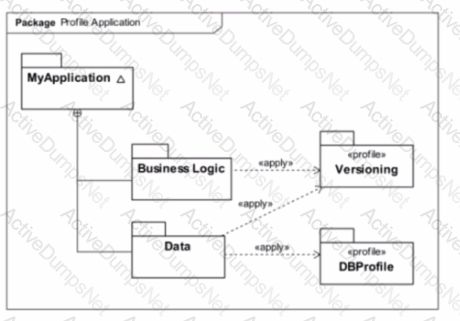
Which statement is correct about the modeling scenario?
Choose the correct answer: Consider the following definition:
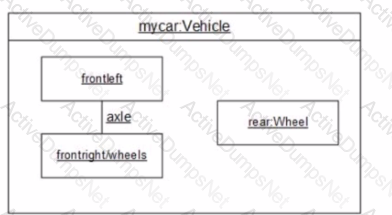
Which statement is correct about elements referred to in the illustration?
Choose the correct answer:
When an Order is closed, a Customer of that Order must be notified
Which diagram fragment correctly models this scenario?
A)

B)

C)

D)

Choose the correct answer:
A project's requirements call for flexibility in the collection class design. Most of the collections will be a fixed length of 25 elements. However, allowance must be made in the design for collections that are a fixed length longer than 25.
Which model fragment supports the project's requirements?
A)

B)

C)

D)

Choose the correct answer: Consider the following diagram fragment:
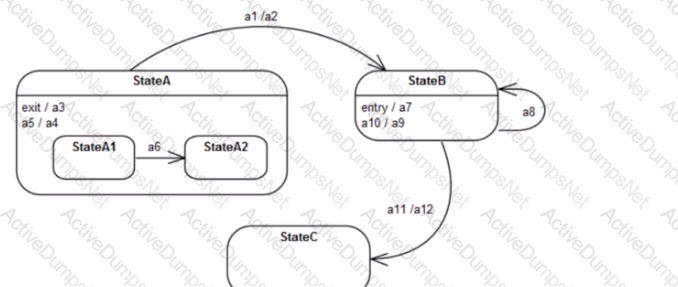
Assume that the system is in StateAl Which sequence of triggers will move the system to StateC?
Choose the correct answer:
Which statement is correct about StateMachme Redefinition?
Choose the correct answer:
Consider the following diagrams:
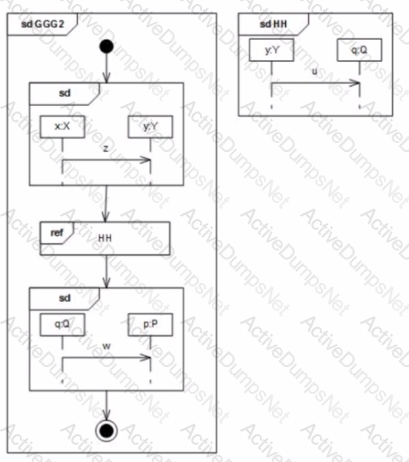
When this behavior is executed, which event will occur last?
Choose the correct answer:
What is true about a MOF 2.x Model?
Choose the correct answer:
Consider the following sequence diagram GO:
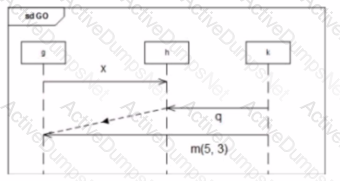
What is always true according to the diagram?
Choose the correct answer:
Consider the following profile:
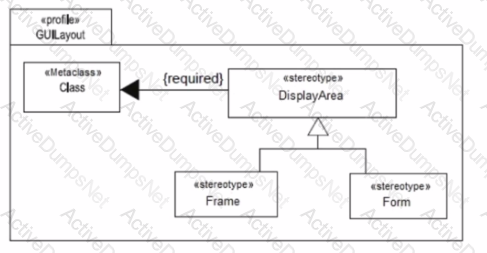
Which statement is true?
Choose the correct answer:
In fUML. how must an execution model be modeled?
Choose the correct answer:
What should a modeler do lo represent specific hardware environments In a deployment model?
Choose the correct answer:
Which keyword indicates that instances of one Classifier may be used instead of Instances of another Classifier?
Choose the correct answer:
What happens when an Exception Handler completes execution?
Choose the correct answer:
Consider the following diagram:
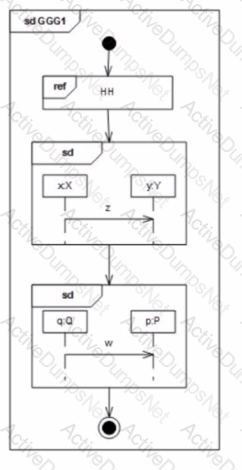
When this behavior is executed, which event will occur last?
Choose the correct answer:
How is the semantics (or the MOF elements represented?
Choose the correct answer:
Consider the following diagram fragment:
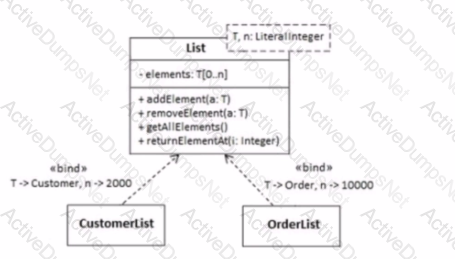
What is the signature of the class template List?
Choose the correct answer:
What does "computationally complete" mean in the context of fUML?
Choose the correct answer:
Consider the following sequence diagram:
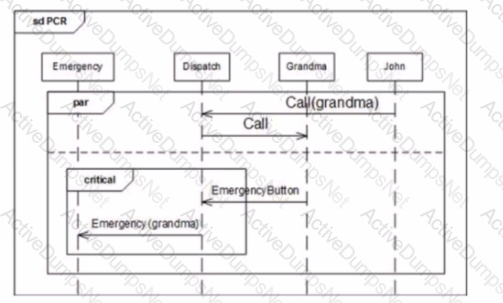
What does "critical" refer to?
Choose the correct answer:
Which statement should be taken into consideration when extending a UML metaclass with a stereotype?
Choose the correct answer:
A modeler has been asked to provide an alternate graphical and textual concrete syntax for a set of Actions.
Which statement is true regarding this task?
Choose the correct answer:
Which feature of a UML model element could NOT be adapted by a Stereotype?
Choose the correct answer:
Given the following diagram fragment:
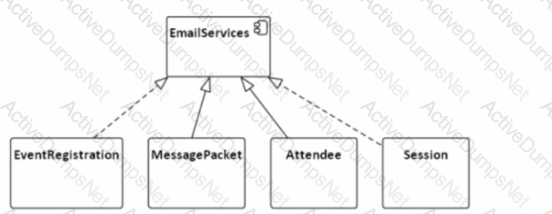
Which review comment is valid and applicable?
Choose the correct answer:
What is true about the use of a Template Classifier to specify the Type of a Typed Element?
Choose the correct answer:
Which MOF capability supports the correlation of model elements across model transformations where both the source and target models may be subject to change?
Choose the correct answer:
Let E be a UML 2.5 NamedElement with a name property of '_name" and with a nameExpression property of "_expresslon".
Which one presentation or set of presentations of the name of E in a tool conforms to the OMG specification?
